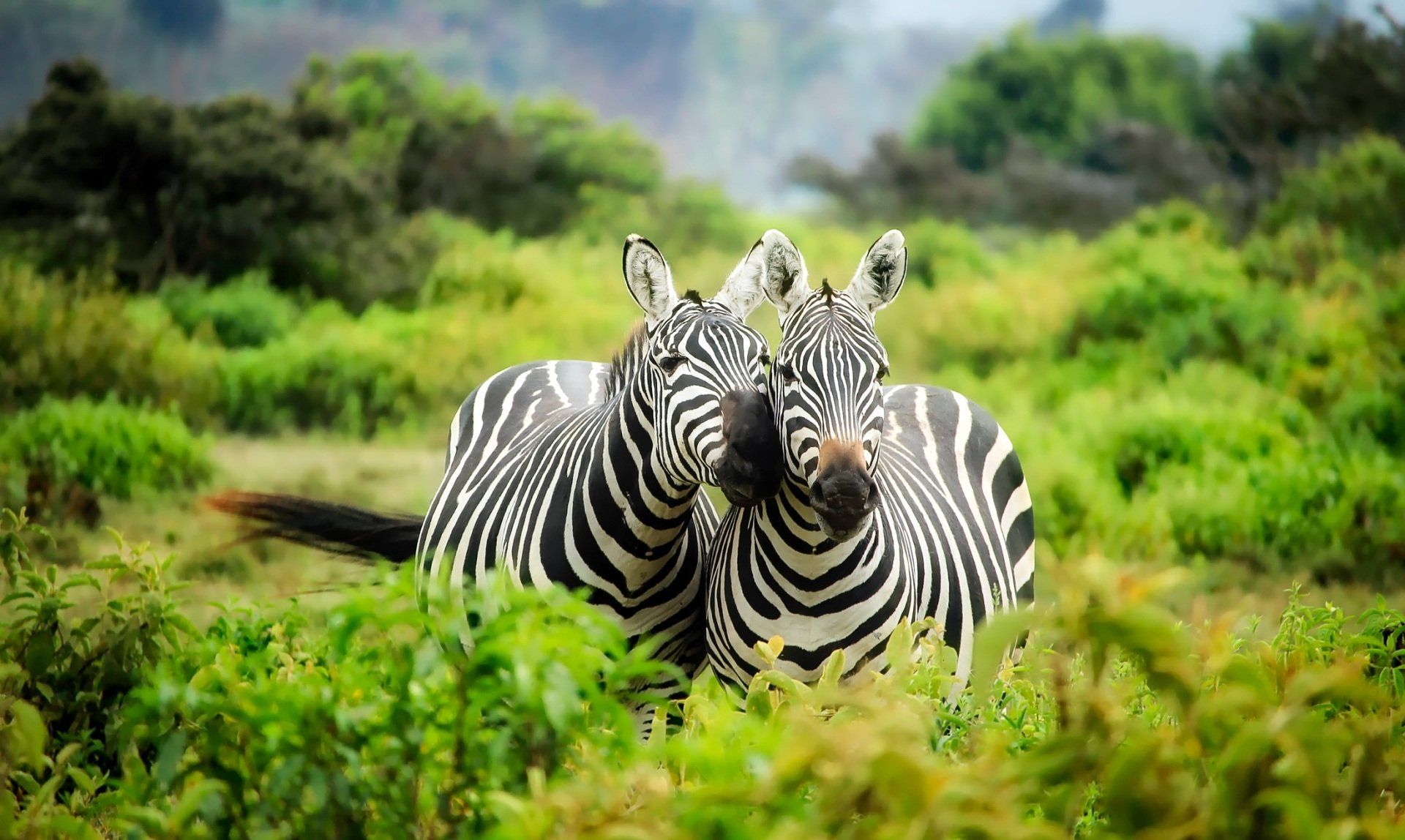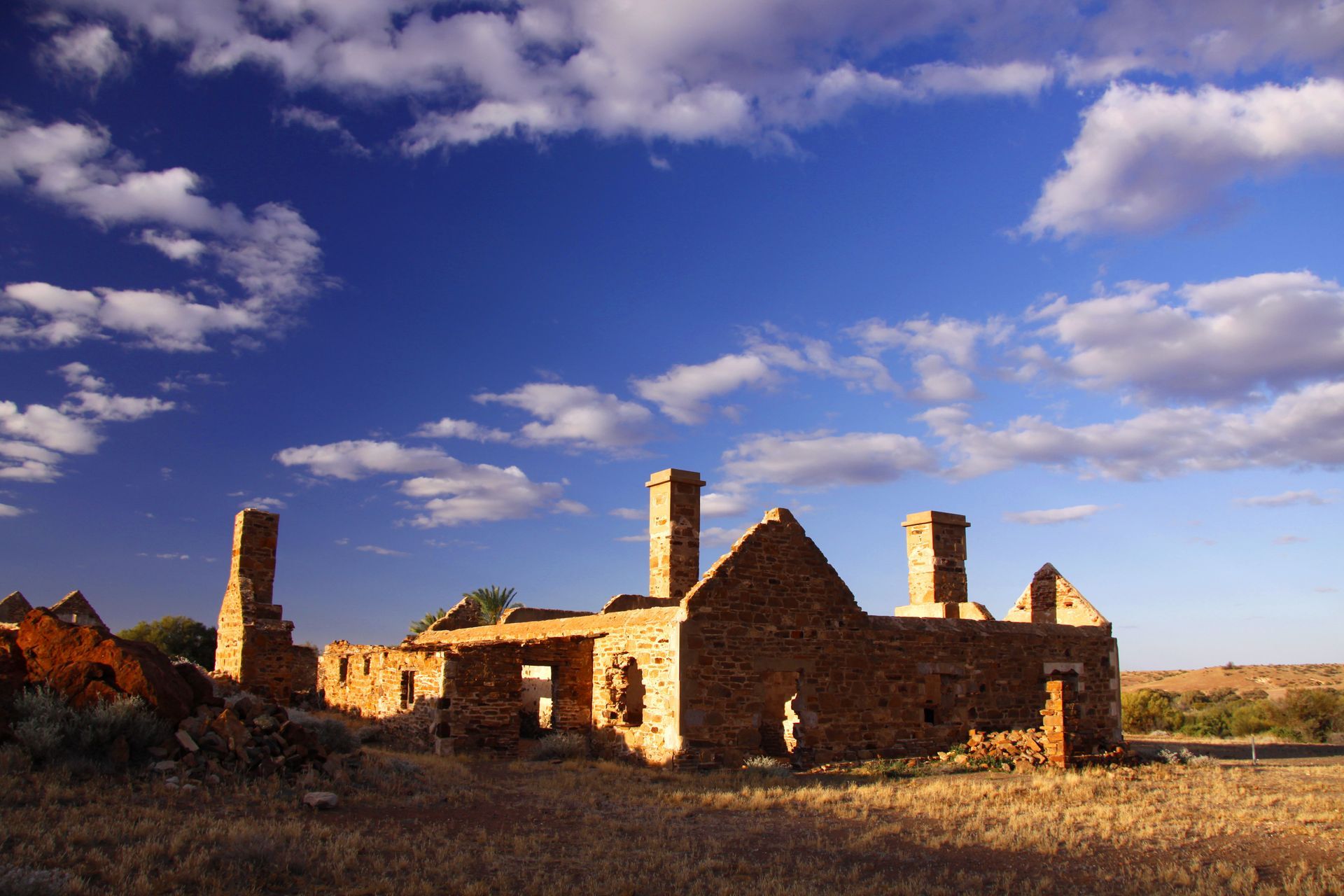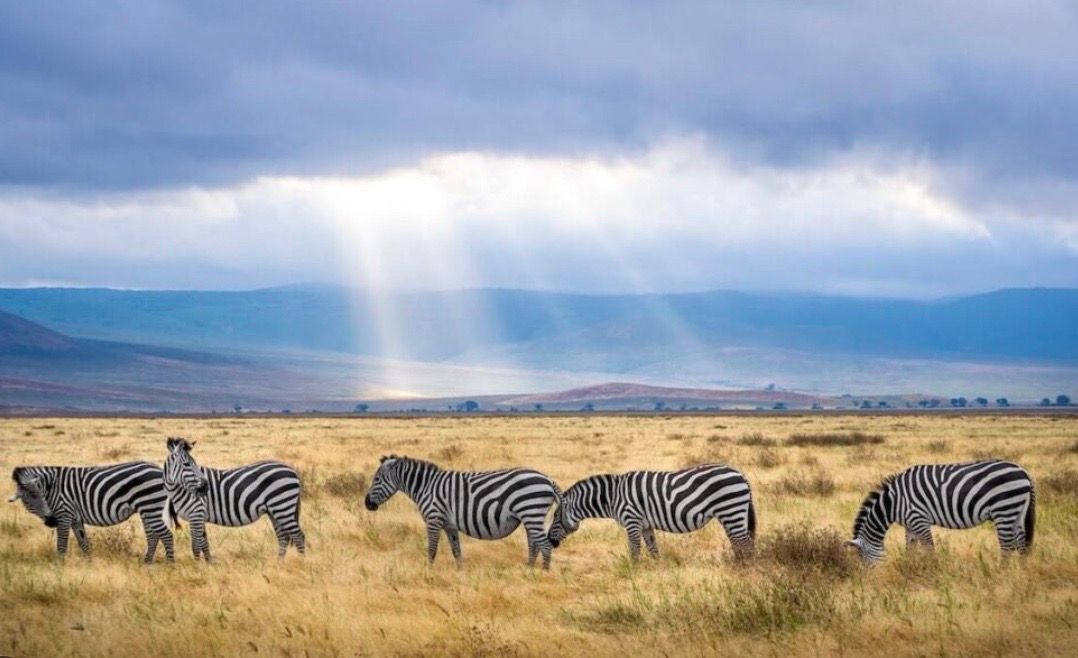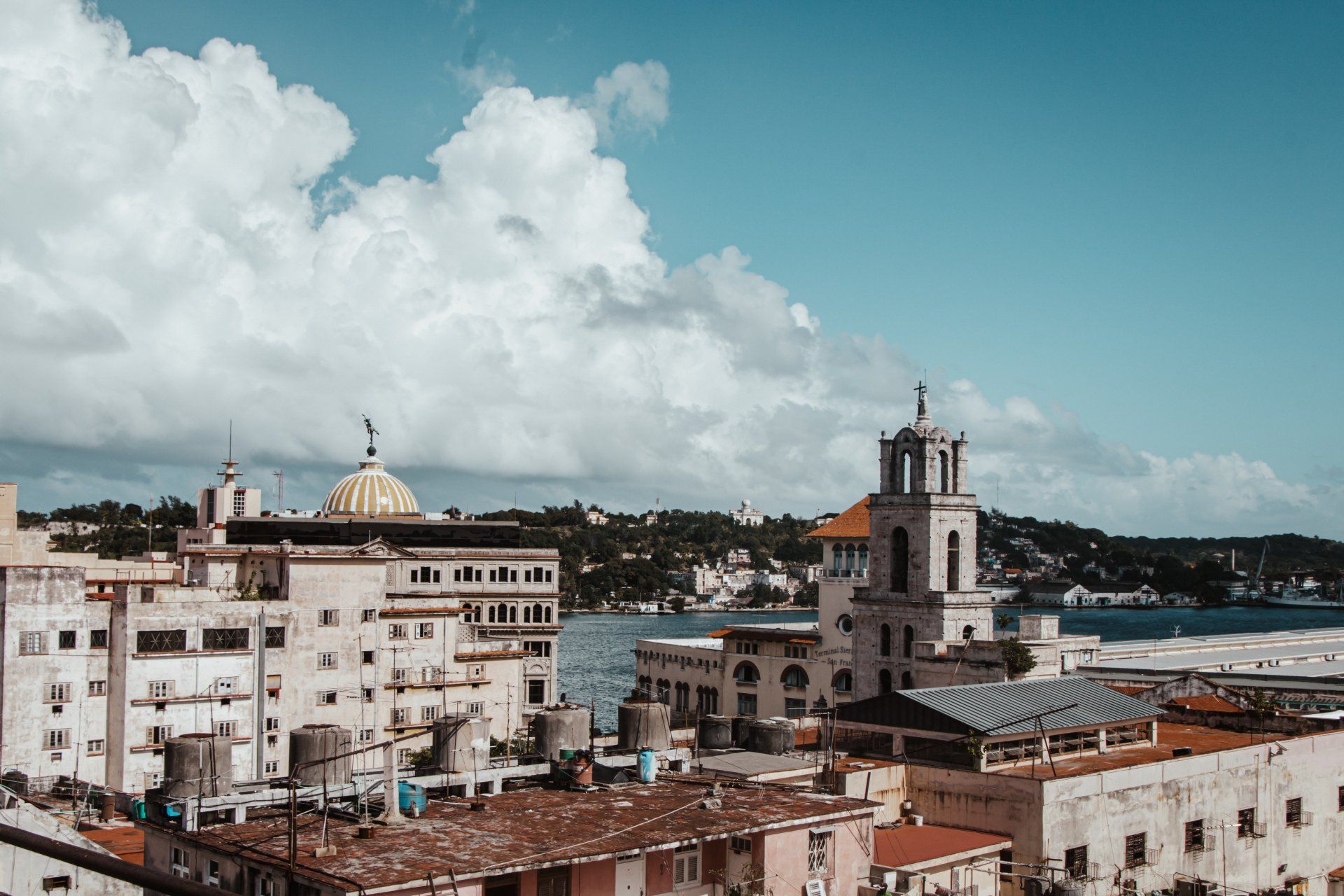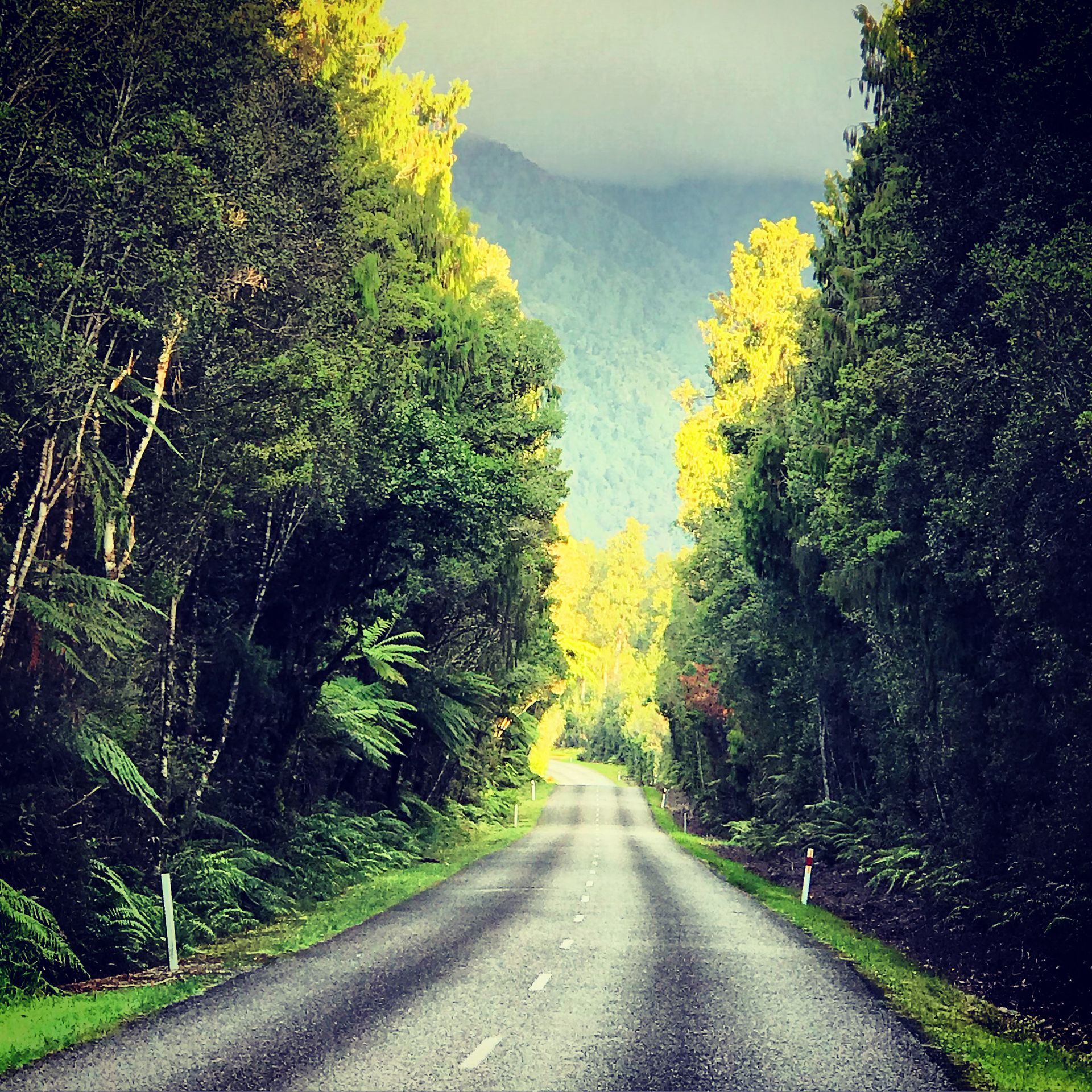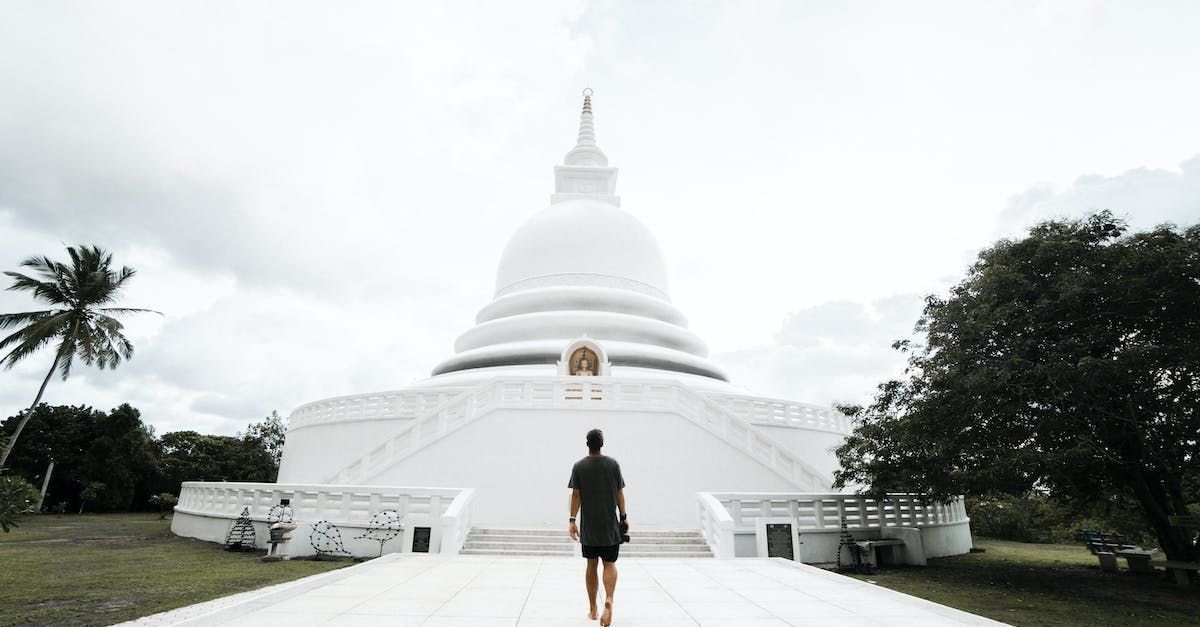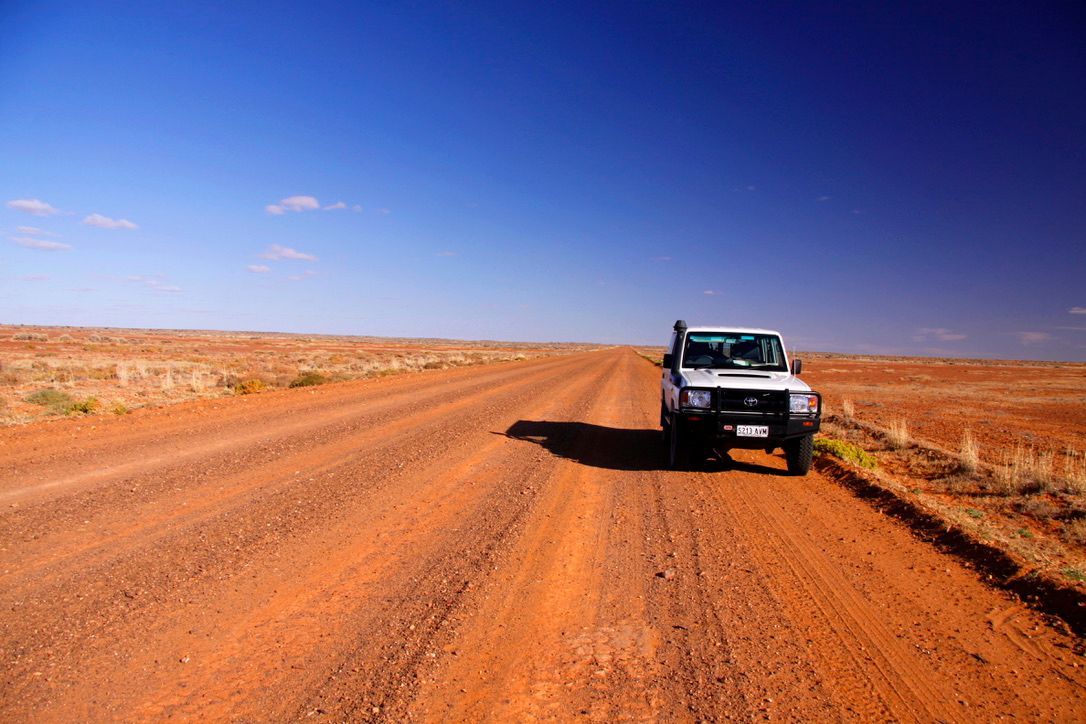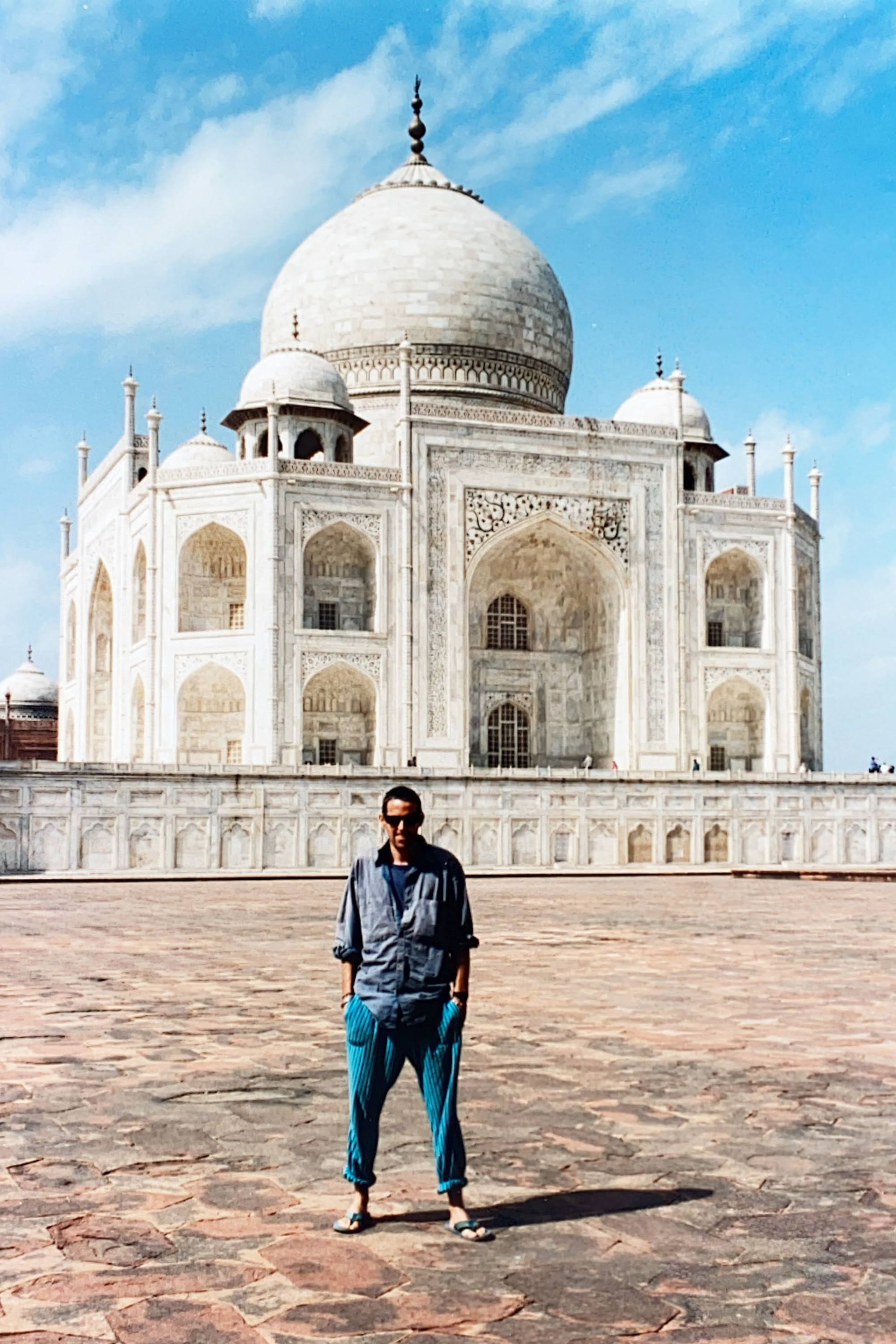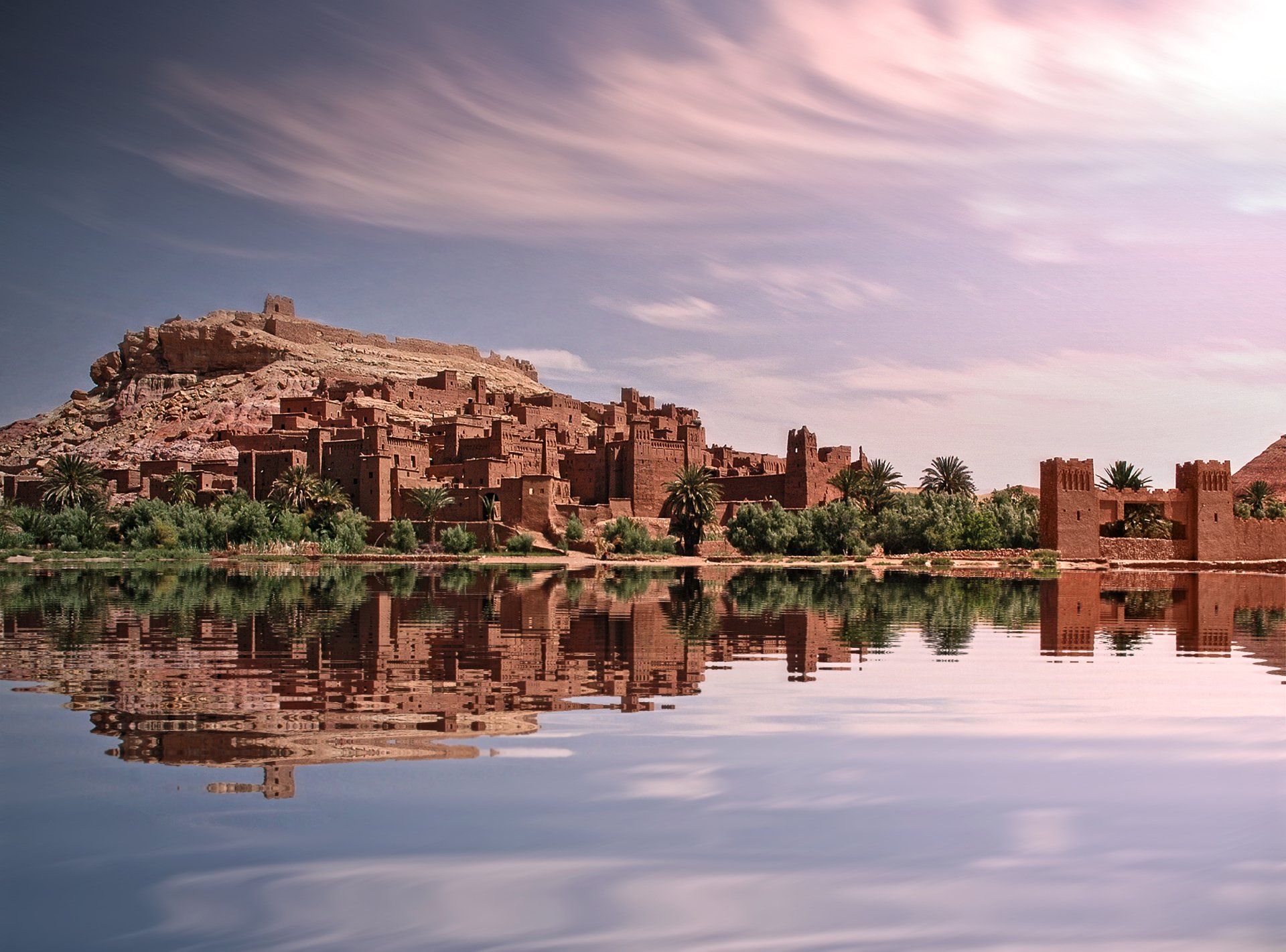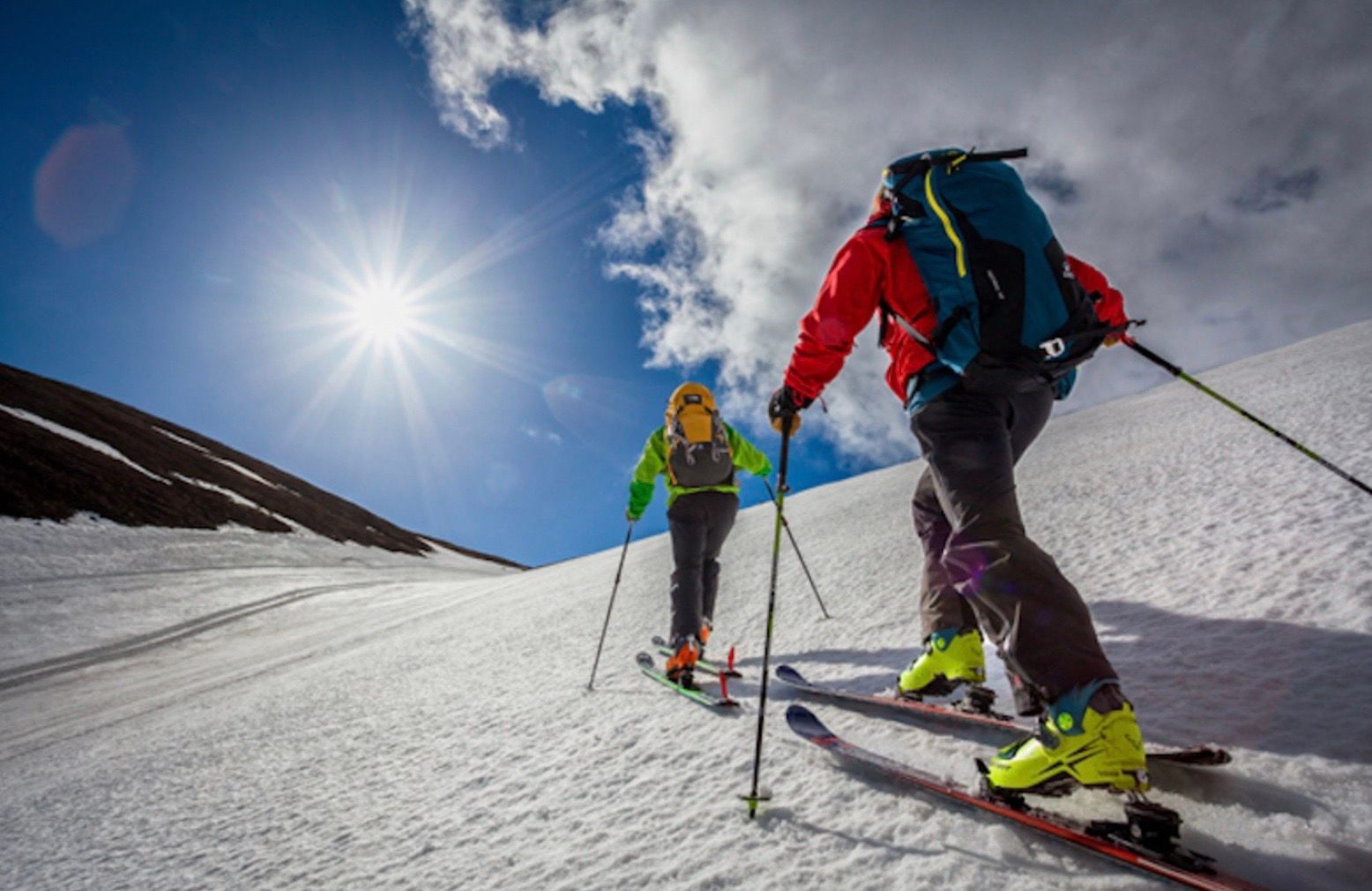Adventures in Tanzania
Wildlife and Wonders in East Africa.
Tanzania spans a vast swathe of East Africa, from the glittering shores of the Indian Ocean to the Great Rift Valley lakes of Tanganyika and Victoria. A tour of Tanzania will introduce you to some of Africa’s most iconic destinations: game parks such as the Serengeti and Ngorongoro, the exotic spice island of Zanzibar, the jacaranda-clad Usambara Mountains, the Islam-infused capital city of Dar-es-Salam and, “towering like an empress” over it all, Mount Kilimanjaro.
Depending on what you want to do, the best time to visit Tanzania is from June to September and from December to January. The two wildebeest migrations on the Serengeti take place in June/July and January/February so if you only have a small window to travel, this is a great time to visit.
From Arusha, you can set off on one of our short safaris to Lake Manyara and the Ngorongoro Crater or spot the Big 5—lion, elephant, leopard, buffalo, and rhinoceros—on a camping trip to Lake Manyara. You could also take a Southern Circuit safari to some of the country’s smaller, lesser-known game parks, where expert guides will introduce you to the life of the Maasai people and take you to secret places where wildlife abounds.
For a longer stay, there are many things to do in Tanzania, where you could combine an ascent of Mount Kilimanjaro with some extended wildlife-spotting safaris in the Serengeti National Park, go elephant spotting in Ngorongoro, and finish with a beach holiday on Zanzibar, where palm trees overhang beaches of pure white sand and the blue Indian Ocean is always warm.
Quick Facts About Tanzania
Tanzania is Africa’s 13th largest country and encompasses an area of 947, 303 square kilometers. The country has a population of 63.59 million.
Dar-es-Salaam and Dodoma
Tanzania’s largest city is a hectic and fascinating mix of African and Arabic cultures. With a population of around 6.4 million people, 70% of whom are Muslims, the city (whose name means “Abode of Peace”) was the country’s capital city until 1996 when the city of Dodoma became Tanzania's official capital.
Dodoma is located in the centre of Tanzania, 441 kilometres west of Dar es Salaam. It is a purpose-built capital and is the headquarters of Tanzania’s government. However, much of the country’s economic activity remains in Dar es Salaam which still retains the president’s official residence and a large number of government organisations.
Currency
The Tanzanian currency is called the Shilling. US dollars are also widely accepted. Most banks in major cities have ATMs but they are often unreliable and break down or run out of money. Small denomination notes are best for purchasing food or market shopping.
Main Airport
Tanzania’s main airport is the Julius Nyerere Airport located 12 kilometers from Dar es Salaam. Its three terminals cater for twenty-six passenger airlines. KLM is the only airline with direct flights from Europe to Tanzania.
Visas
All visitors to Tanzania require a visa. The country has recently introduced an e-Visa system to streamline the visa process. Visitors should always check travel advisories or the nearest embassy and consulate regarding visa requirements before visiting Tanzania.
Language
Although Tanzania does not have an “official” language, Swahili and English are the predominant languages. There are around 126 languages spoken in Tanzania and regional dialects abound. Learning a few Swahili words will allow you to greet and compliment the locals who always respond positively to visitors who know a little of their language.
Top Destinations for an Action-packed Tanzanian Adventure
Tanzania has some of Africa’s most unique landforms. Lake Tanganyika is the continent’s deepest lake while Lake Victoria, in the country’s north, is Africa’s largest lake. Off the coast, Zanzibar is an island with a rich history including slave trading and spice growing. Nearly 30% of Tanzania is encapsulated in national parks and the migrations of the Serengeti are one of the world’s most amazing wildlife spectacles.
With such a varied collection of landscapes, the scene is set for some epic adventures. Here are a few options to consider.
Get up close with Tanzanian wildlife
Along with its famous game parks such as the Serengeti and Ngorongoro, Tanzania’s smaller safari parks offer the opportunity to experience all of the country’s wildlife in smaller groups and away from the crowds. A Southern Circuit Safari will take you to the Ruaha, Selous, and Mikumi national parks, visit Tanzania’s bustling capital, Dar es Salaam; and end up with a relaxing stay on a beach in Zanzibar.
Experience the wilderness of Arusha.
Visiting any of the game parks near Arusha will get you up close and personal with some of Africa’s most iconic landscapes and wildlife. In the Serengeti, you’ll come face to face with the Big 5 and see the stupendous herds of zebra, wildebeest, and antelope that populate this vast grassland plain. The Ngorongoro Crater is a paradise of forests and grasslands, with a permanent population of elephants, while nearby Lake Manyara is a haven for bird enthusiasts with more than 400 species recorded there.
Your could also head out on an expedition to Mount Kilimanjaro. Climbing Mount Kilimanjaro (5,895 meters) is a unique African adventure that anyone can do. Guided ascents of the mountain (Africa’s highest peak) take from five to ten days, depending on the route. Comfortable huts or tent camps along the way break the ascent up into easy stages, allowing you to acclimatize to the altitude and enjoy the spectacular lava flows, glaciers and snows of Kilimanjaro.
Tanzania Travel Tips and Insight
Tanzania is a safe country to visit. To avoid the crowds, you should choose national parks that are less well known and therefore attract fewer visitors.
Do plenty of research before booking your tour. Tanzania has some fascinating destinations that aren’t always mentioned in the usual tourist information.
Be respectful of local cultures. Take off your shoes and cover your head when visiting mosques and always ask permission before taking photographs of people.
Allow plenty of time to see as much of Tanzania as possible. Getting around can be slow so make sure your time in the country isn’t too rushed.
Pack light. Traveling in Africa can be frustrating at times so the less you carry the easier it will be. In Swahili, the phrase “pole pole” means “slowly, slowly” and you’ll find that taking your time will make your experience much more enjoyable.
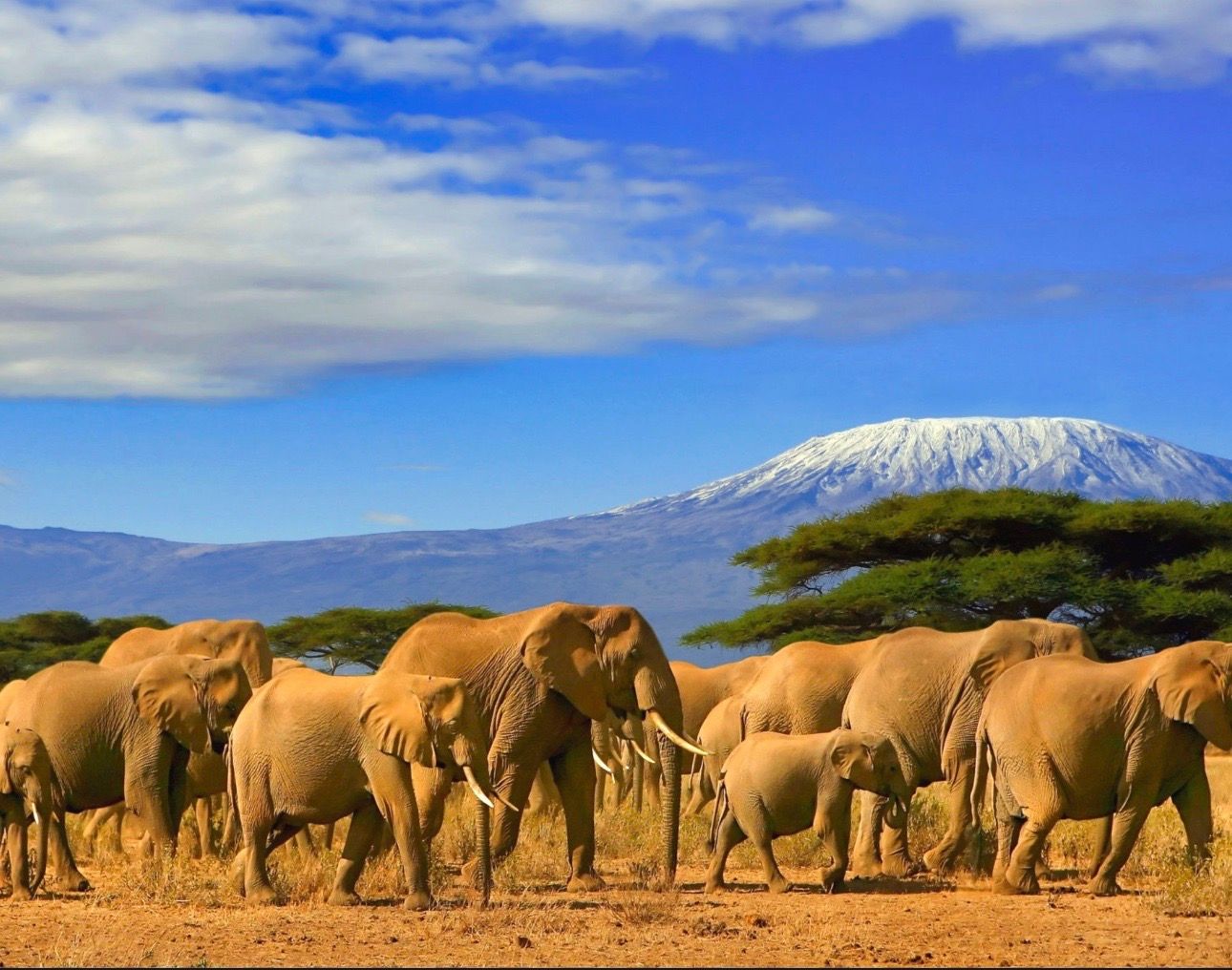
Need help making a plan?
I’ve been to Tanzania so I have plenty of knowledge about where to go, what to see and how to get the most out of your trip. If you’d like help with travel planning, get in touch.
And to whet your appetite for adventure, here’s a story about Tanzania from my travel diary from 1991.
From Dar-es-Salaam to Lushoto
After a breakfast of bread, jam, omelette and tea at the hotel, Linda went to change some money at the bank while I went up to the railway station to ask if it was possible to pick up the Dar es Salaam train in Korogwe…which it was.
Back at the hotel, we met a man who said he could get us a lift up to Korogwe in a Tanzania Sisal Authority vehicle after lunch, so we hung around on the balcony all morning with Caroline who was also going up to Korogwe way to research a story she is writing about German aid to Tanzania.
Around 1:30, a Toyota Land Cruiser arrived and we piled into the back. The road was in bad shape as we headed inland across the coastal strip then began the gradual ascent towards the distant hills. The predominant feature of the landscape was acres and acres of sisal growing in neat rows on either side of the road. Sisal is used for making sacks and rope, but the world market is depressed so the German aid money is actually propping up an industry which is more or less unviable.
We stopped for an hour at a small village where the man who was escorting us had to pay his respects to the family of a dead relative, then we carried on along the battered road to Korogwe, a dusty little town in the heart of the sisal-growing area.
Caroline left us in Korogwe to go up to some factory that she wanted to visit, and Linda and I sat in the hotel for a while then went over to the dusty but interesting bus station. Three ramshackle buses were standing in the yard, the one with the Lushoto written on it leaning heavily to the right on broken suspension. We put our packs up on the roof then milled around with the throng of passengers goats and young hawkers selling milk, doughnuts, samosas, and eggs. The bus left at 6:30 p.m. and jolted out of town heading west along the foot of the range of mountains which rose almost sheer from the plain.
In all our travels to date we have never been in such a rattletrap of a vehicle. The road was a sea of corrugations, which were amplified by the completely non-functional suspension into a vibration that sent shockwaves to the roots of our teeth and kept the noise level at an ear-bashing pitch!
We arrived in Mombo at 7:30 and the bus driver told me we would be waiting until 10 p.m. before carrying on, so we joined the crowds on the busy street where little stalls were selling delicious meat kebabs with coleslaw and tomatoes for 60/- each. We got to talking with a Canadian girl called Jayne who has been teaching in Arusha and the three of us went down the street to a Somalian cafe we we had a cup of rather nice tea flavoured with spices.
At 9:30 we began to walk back towards the buses and as we neared them, the bus with Lushoto written on the front pulled out to leave. We ran and jumped on board: Linda inside and me up on the roof to check on our packs. There was a whole lot more stuff on the roof covered with an oily canvas tarpaulin. But the bus boy assured me that our gear was underneath it, so I settled down with the cool night air rushing by as the bus began the slow twisting climb up into the hills. It was very pleasant sitting atop the bus in the cool air, with the brilliant carpet of stars above and the lights of Momba fading into the distance far below. However I still had a nagging doubt that something was wrong so after a while I climbed down off the roof and into the crowded interior of the bus. About 20 minutes later, when the lights were turned on, I realised the truth…we were on the wrong bus!
There was nothing we could do but hope that the other bus would still have our packs on it, and we spent an anxious half-hour in the Lushoto bus station until the other bus rattled into town with our packs still safe and sound up on the roof. The locals thought it was a hell of a joke that the Wazungu had gotten on the wrong bus, and we were a tad lucky to say the least.
It was cold – well, relatively cold compared to the coast – as a young man led us up hill the Kilimani Hotel which turned out to be full, so we went to another place which was basic but clean and was a steal at only 300/- for both of us. We were beyond caring about the digs anyway, and crashed gratefully into bed.
